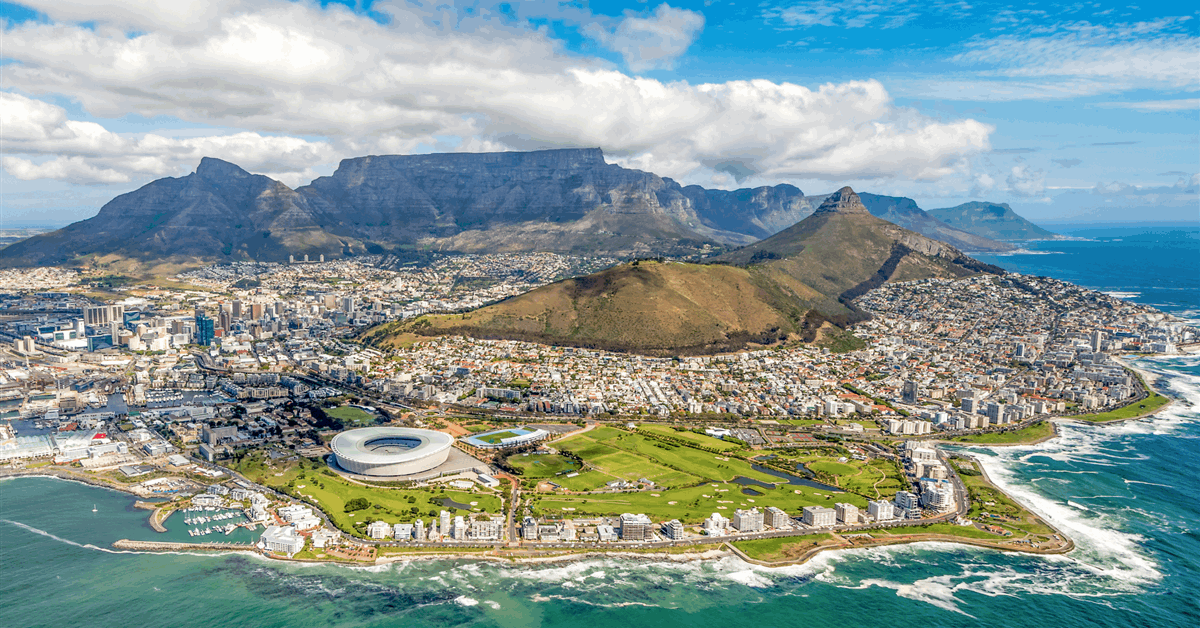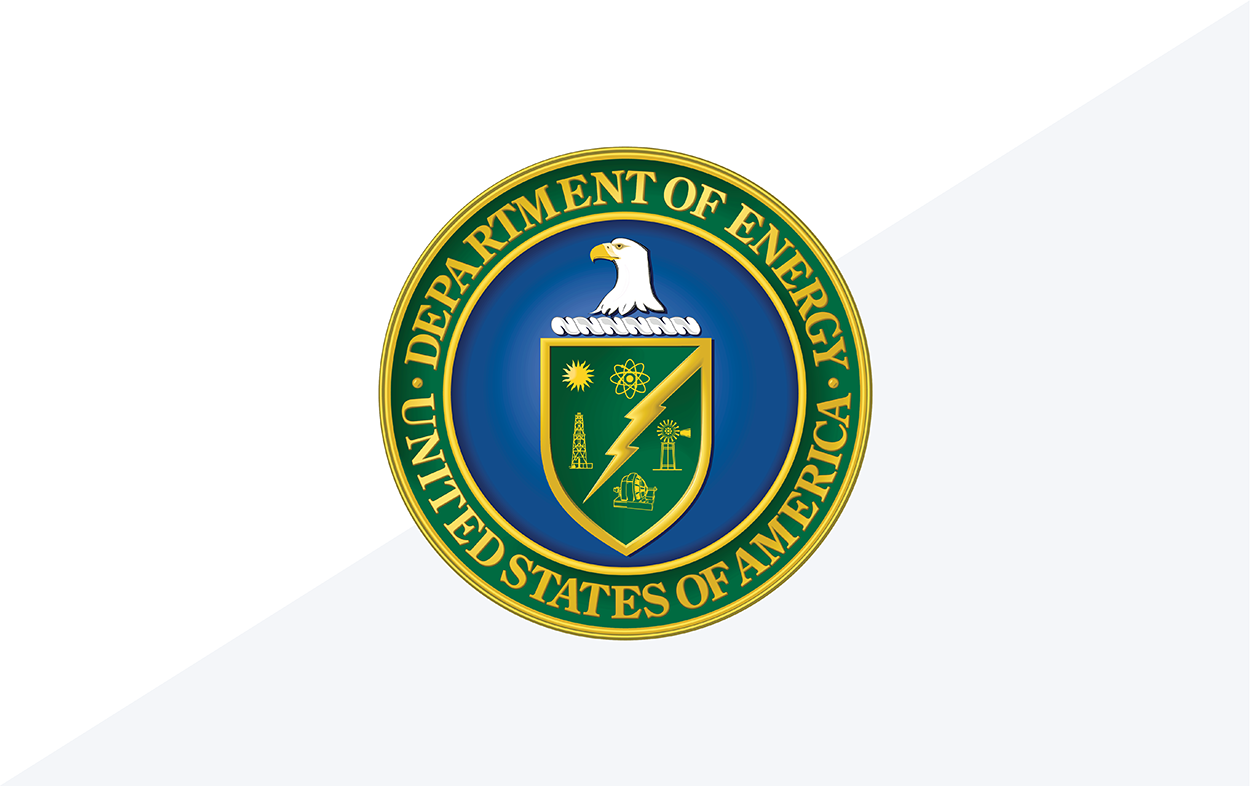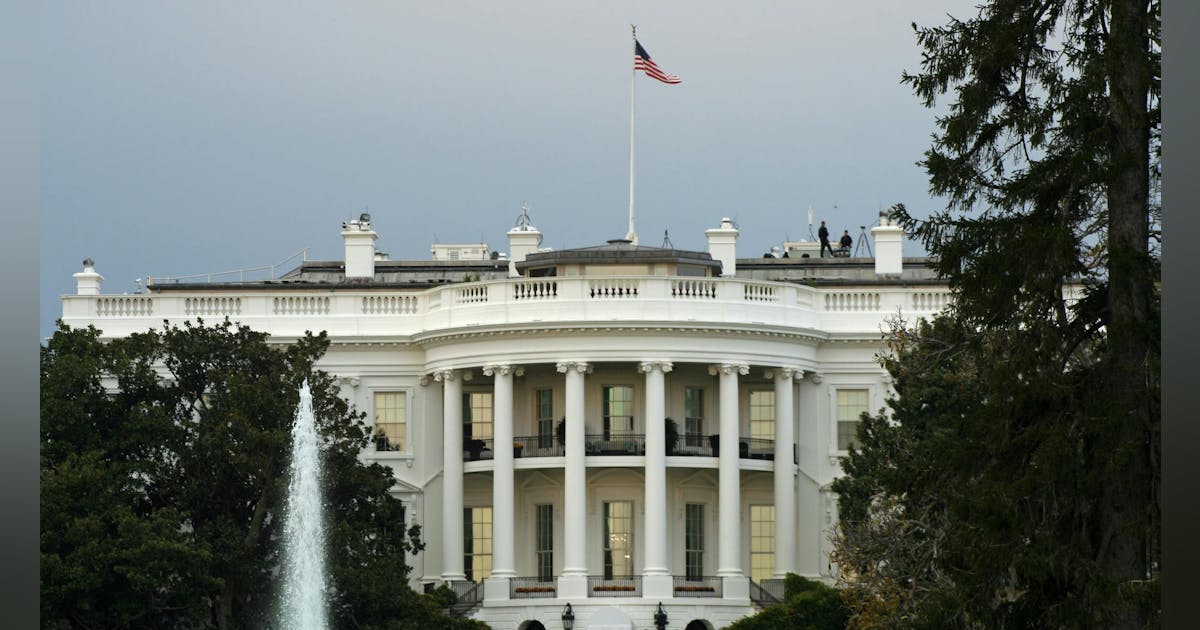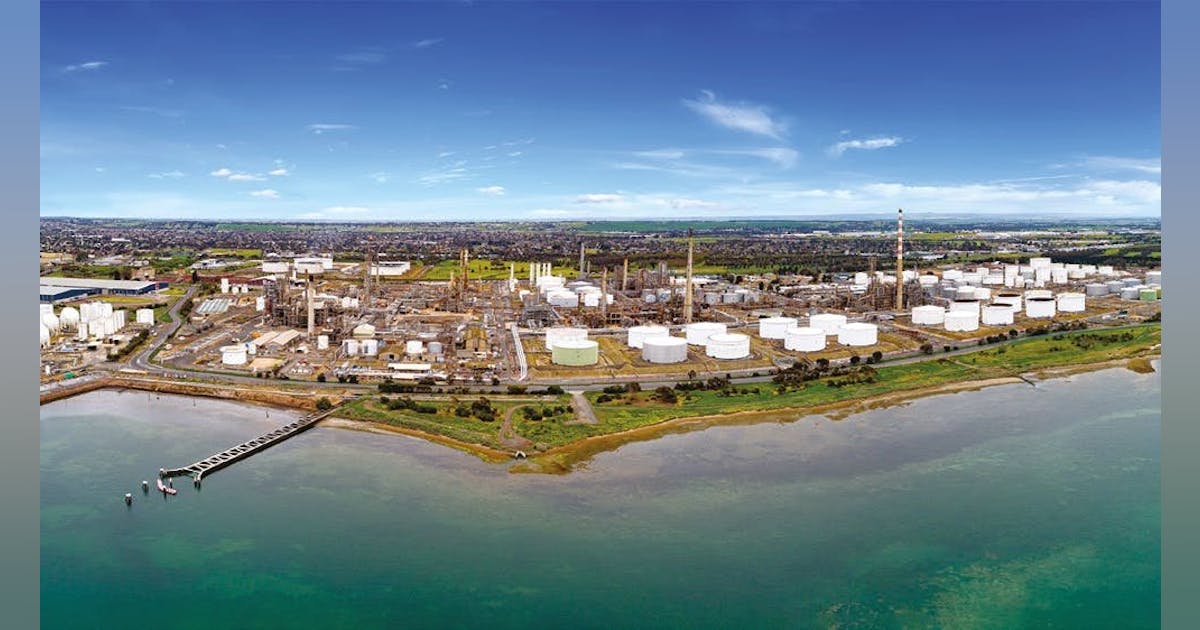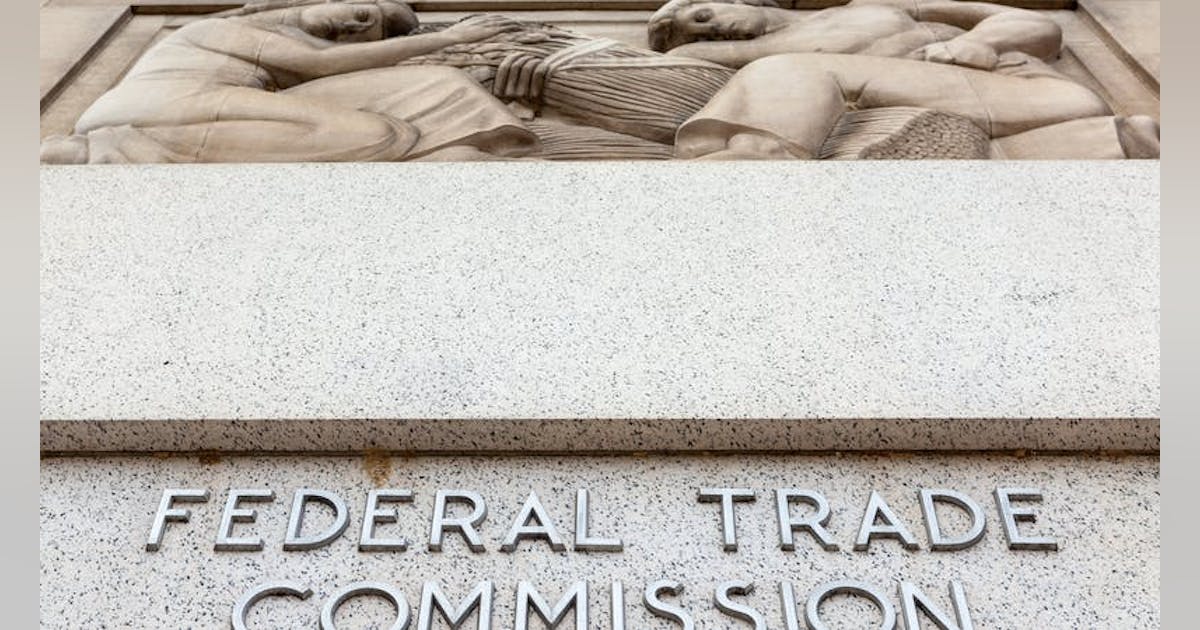
In a statement posted on its site recently, the U.S. Department of the Interior (DOI) announced a “significant increase in estimated oil and gas reserves in the Gulf of America Outer Continental Shelf”.
The DOI highlighted in the statement that analysis from its Bureau of Ocean Energy Management (BOEM) revealed an additional 1.30 billion barrels of oil equivalent since 2021, “bringing the total reserve estimate to 7.04 billion barrels of oil equivalent”.
The DOI noted in the statement that this includes 5.77 billion barrels of oil and 7.15 trillion cubic feet of natural gas, “a 22.6 percent increase in remaining recoverable reserves”. BOEM’s updated assessment evaluated over 140 oil and gas fields, identifying 18 new discoveries, and analyzing more than 37,000 reservoirs across 1,336 fields in the Gulf, the DOI said in the statement.
The DOI pointed out in the statement that “this comprehensive review added 4.39 billion barrels of oil equivalent in original reserves”, and added that, “after subtracting production of 3.09 billion barrels of oil equivalent since 2020 – 2021, the net increase reflects continued opportunity and momentum in offshore development”.
In the statement, U.S. Secretary of the Interior, Doug Burgum, said, “this new data confirms what we’ve known all along – America is sitting on a treasure trove of energy, and under President Trump’s leadership, we’re unlocking it”.
James Kendall, BOEM Gulf of America Regional Director, highlighted in the statement that “the Gulf of America is delivering 14 percent of the nation’s oil”.
“These updated estimates reaffirm the Gulf’s vital role in ensuring a reliable, affordable domestic energy supply,” he added.
The DOI noted in the statement that BOEM oversees nearly 3.2 billion acres of the Outer Continental Shelf, highlighting that about 160 million acres are located in the Gulf. It stated that the region continues to be central to America’s offshore energy future.
In the statement, the DOI said “energy dominance is a pillar of U.S. economic strength and global leadership” and added that “opening the Outer Continental Shelf is a core component of the administration’s strategy to achieve energy dominance”.
In a statement posted on its site earlier this month, the DOI said Burgum had “directed the Bureau of Ocean Energy Management to hold the next scheduled oil and gas lease sale in the Gulf of America” and revealed that BOEM anticipates publishing a proposed notice of sale in June 2025.
The DOI noted in that statement that BOEM’s “latest estimates of technically recoverable oil and gas resources in undiscovered fields in the Gulf of America include 29.59 billion barrels of oil and 54.84 trillion cubic feet of gas”.
The DOI also highlighted in this statement that Outer Continental Shelf oil and gas activities “generate billions of dollars from lease sales, rental fees, and royalties”. It added that the funds are distributed to the U.S. Treasury, “as well as states through several different revenue sharing programs that fund conservation and outdoor recreation across the nation”.
“The largest portion goes to the General Fund of the U.S. Treasury, which benefits all U.S. citizens through funding of daily operations of the federal government,” it highlighted.
“Offshore development fuels state and federal revenues, helping fund infrastructure, education, and public services,” it went on to state.
In a statement posted on its website on Monday, BP announced “an oil discovery at the Far South prospect in the deepwater U.S. Gulf of America”.
BP noted in the statement that it drilled the exploration well in Green Canyon Block 584. It highlighted that the well was drilled to a total depth of 23,830 feet.
U.S. President Donald Trump gave a directive to rename the Gulf of Mexico the Gulf of America in an executive order issued on January 20, which was published on the White House website.
To contact the author, email [email protected]





